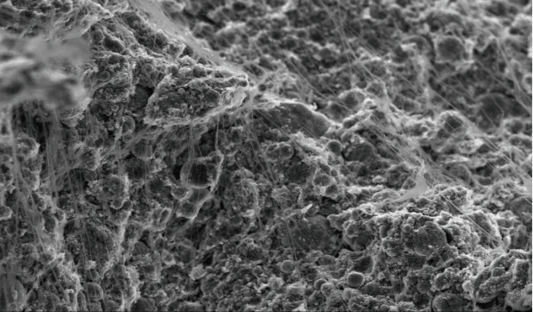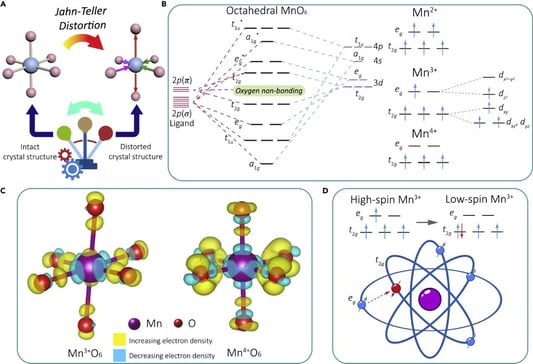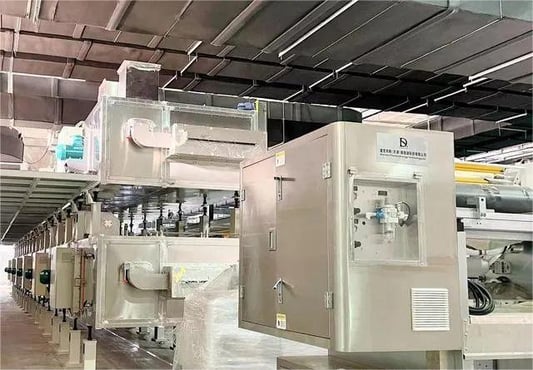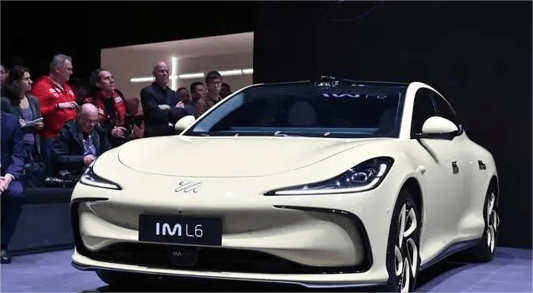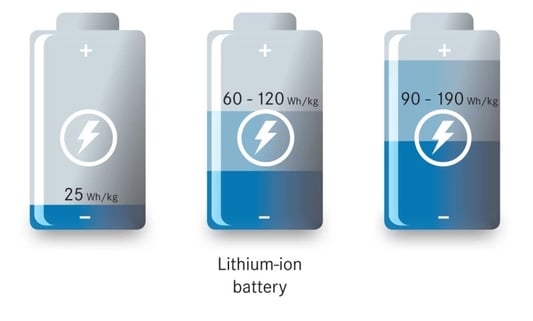Lithium / Sodium / Solid State Battery Materials./h1> Introduction to Battery MaterialsUnderstanding the intricate details of Lithium / Sodium / Solid State Battery Materials is crucial for advancing battery technology. This comprehensive guide outlines the essential materials used in lithium-ion, sodium-ion, and solid-state batteries.Lithium-ion Battery MaterialsAnode MaterialsThe anode materials in Lithium-ion Batteries play a vital role in determining the battery's performance and lifecycle. Exploring Lithium / Sodium / Solid State Battery Materials helps in optimizing these components.Cathode MaterialsLike anodes, cathode materials are essential in Lithium-ion technology. They form a crucial part of the Lithium / Sodium / Solid State Battery Materials landscape.ElectrolyteThe electrolyte in Lithium-ion batteries facilitates the movement of ions between the anode and cathode. High-quality electrolytes are key to efficient Lithium / Sodium / Solid State Battery Materials.DiaphragmThe diaphragm or separator in lithium-ion batteries is made from advanced Lithium / Sodium / Solid State Battery Materials for efficient ion transfer and safety.Conductive AgentConductive agents support the electron flow in Lithium-ion batteries, part of the broader category of Lithium / Sodium / Solid State Battery Materials.BinderBinders are another crucial component in Lithium-ion batteries, ensuring the structural integrity of the anode and cathode. They are a key segment of Lithium / Sodium / Solid State Battery Materials.CollectorCurrent collectors in Lithium-ion batteries are made from specialized materials to efficiently gather and transfer charge, forming an integral part of Lithium / Sodium / Solid State Battery Materials.Shell and Other MaterialsThe outer shell and additional tools and materials used in lithium-ion batteries complete the framework of Lithium / Sodium / Solid State Battery Materials.Sodium-ion Battery MaterialsPositive MaterialPositive materials in Sodium-ion batteries contribute significantly to their performance. These are evaluated alongside other Lithium / Sodium / Solid State Battery Materials.Anode MaterialsThe choice of anode materials in Sodium-ion batteries greatly influences their efficiency and lifespan, forming a core part of Lithium / Sodium / Solid State Battery Materials.ElectrolyteThe electrolyte used in Sodium-ion batteries is a critical component within the wide range of Lithium / Sodium / Solid State Battery Materials.DiaphragmEffective diaphragms for sodium-ion batteries are essential, adding to the efficiency of Lithium / Sodium / Solid State Battery Materials.Solid Electrolyte PowderSolid Electrolyte Powder is a groundbreaking aspect of solid-state battery innovation. These materials redefine the limits of Lithium / Sodium / Solid State Battery Materials for superior performance and safety.Quote InquiryContact Us Now!


